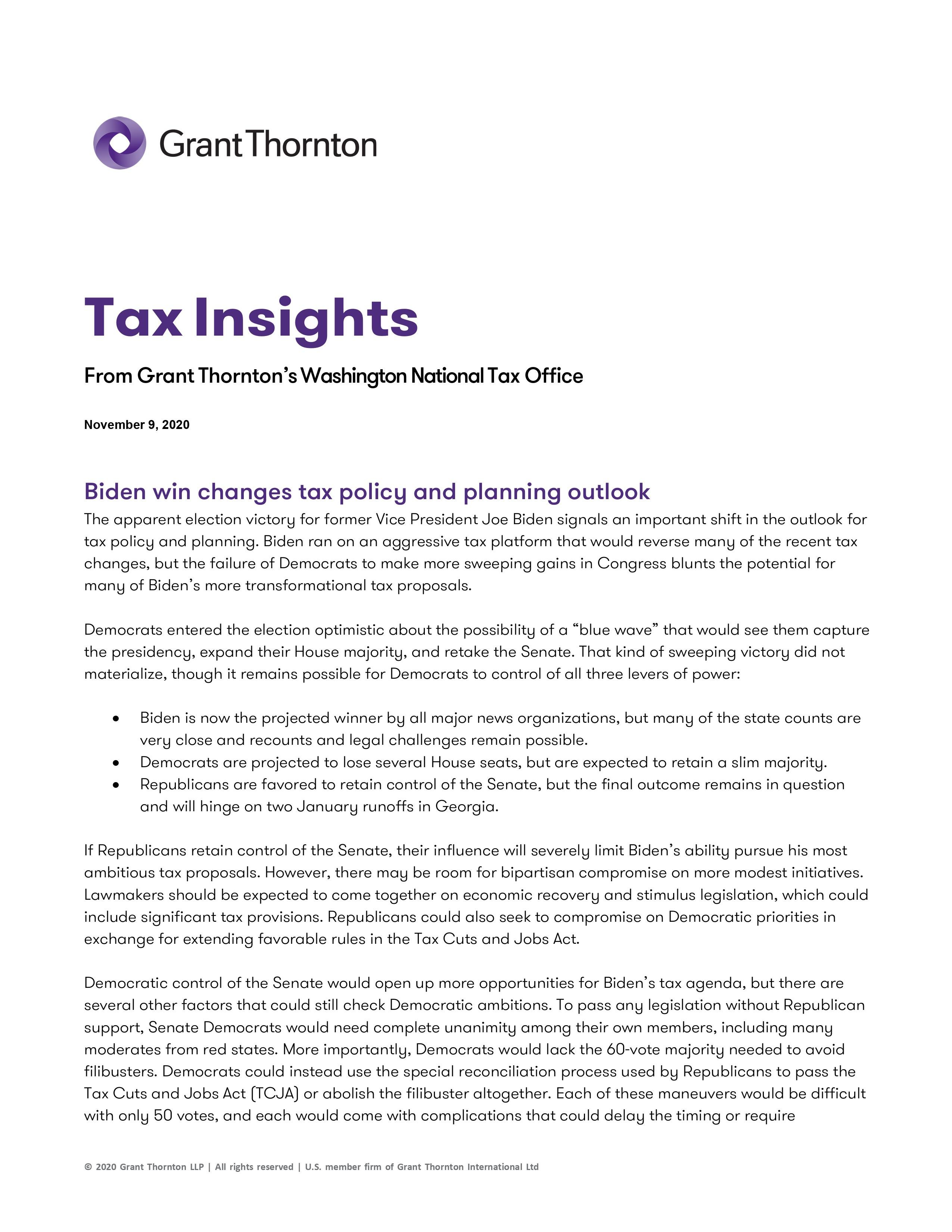-
SOC Attestation
Independent opinion attesting to the commitment of service providers to sound internal controls
-
Audit and review of financial statements
Credibility of your company's accounting activities in accordance with the legislation in force
-
Assurance of Non-Financial Reports
It aims to meet the needs of the business, being able to contemplate different bases and sectorial and global development guidelines
-
Assurance of Integrated Reporting and Sustainability Reports
Differential for rendering accounts and demonstrating the engagement of organizations in relation to sustainable practices and their generation of value
-
Assistance in accounting definitions
Quality, comparability and transparency of financial information in your company
-
Accounting, Labor and Tax Compliance
Permanent diagnostics and advice to raise the level of controls and mitigate risks
-
Pre-Audit Diagnosis
Diagnostics capable of offering support according to the purpose and needs of the business
-
Assessment reports for consolidations, spin-offs, and mergers
Technical evaluation of net assets at book value or of net assets adjusted to market prices
-
Capital Markets
Complete analysis and preparation for strategic fundraising operations

-
Business Consulting
Approaches compatible with technologies that support corporate decision-making and stimulate innovation
-
Strategy & Transactions
Performance of operations and capital structure to enable more efficient corporate transactions
-
FIDS – Forensic, Investigation & Dispute Services
Identification, protection and prevention of risks to preserve business integrity and security
-
Risk and Compliance - BRS
Risk management, process improvement to achieve strategic objectives
-
Judicial Administration in Business Recovery
Global teams and structures to work with the deep knowledge, legality and ethics that the issue requires
-
Business Restructuring and Recovery
Assertive plans and agile actions to recover your company's strategy and performance
-
Global Mobility Services
International mobility programs in compliance with local tax legislation and optimized costs
-
Home page
Financial Statements
-
Transfer Pricing
Review or elaboration of calculations that allow the most assertive compliance in operations abroad
-
Labor & Social Security
Identification of existing risks and opportunities according to the current moment and future perspectives
-
Direct tax
Agile strategies for complying with laws and enabling regional and sectoral tax incentives
-
Indirect tax
Specialized support capable of increasing legal certainty involving different laws and jurisprudence
-
International Tax
Analysis and planning of scenarios in different jurisdictions, with integration into the Brazilian scenario

A change in power signals an important shift in the outlook for tax policy and planning in the United States. Biden ran on an aggressive tax platform that would reverse many of the recent tax changes, but the failure of Democrats to make more sweeping gains in Congress blunts the potential for many of Biden’s more transformational tax proposals.
Grant Thornton’s National Tax Office in Washington DC has prepared an insightful guide into the US tax policy and planning issues you should consider if you invest or do business in the USA.
Of the 14 platforms Biden ran on, the following may be of most interest to companies with an interest in the United States
1. Corporate tax rate
Biden has proposed a corporate rate of 28%, significantly higher than the current corporate rate, but well below the former 35% rate that many other Democratic presidential candidates championed. Biden has made raising the corporate rate a major campaign focus, and but Senate Republicans are likely to resist any increases.
Biden's proposed top tax rates versus current rates
Current |
Joe Biden |
|
| Corporate rate | 21% | 28% |
| Top individual rate | 37% | 39.6% |
| Top effective rate on pass-through income-eligible for Section 199A | 29.6% | 39.6% |
| Top rate on long term capital gains | 20% | 39.6% |
*Does not include net investment income tax or any state and local tax
2. Minimum tax on book income
Biden has proposed a 15% minimum tax on corporate book income “so that no corporation gets away with paying no taxes.” There are no details available on this proposal as yet.
3. Onshoring initiative
Biden has made “onshoring” production a major campaign issue, using tax proposals as a major aspect of a carrot-and-stick approach. To incentivise onshoring, he has proposed 10% advanceable credit for companies that make investments to:
- Revitalise manufacturing plants that have closed or are on the verge of closing
- Retool facilities to “advance manufacturing competitiveness and employment”
- Re-shore production or service jobs, including shipping, moving and training costs
- Increase overall manufacturing wages in the United States above a company’s pre-COVID baseline up to $100,000.
4. Other international changes
Biden has proposed reforming GILTI significantly. He has discussed raising the effective rate to 21% and applying it separately to each country. It is not entirely clear how else he envisions reforming the operational rules, and how this might affect the proposed rate. Much of the language surrounding this proposal appears to contemplate expanding the scope of GILTI so that it operates more like a true global minimum tax. In addition, the 21% proposed rate appears to derive from the idea of repealing the current GILTI deduction.
Under current corporate rates, this would result in a 21% effective GILTI rate. Under Biden’s proposed 28% corporate rate, the effective GILTI rate would be 28% without a deduction. Given his repeated use of the 21% rate in his material, he may be considering a mechanism to limit the GILTI rate to 21% even with a 28% corporate rate.
5. Employee benefits
Biden’s plan pairs two tax priorities aimed at workers with corresponding business incentives. To encourage retirement savings, Biden is proposing tax credits for small businesses that would offset “much of the costs” of implementing workplace savings plan. He has also proposed a childcare construction tax credit to encourage businesses to provide employer childcare facilities. The credit would be worth half of the first $1 million in construction costs per facility.
 Download report
Download report

